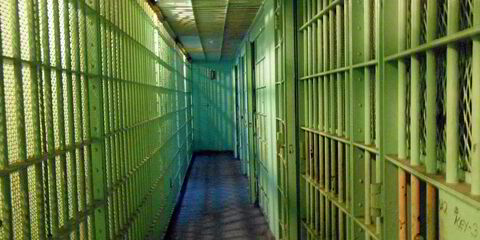The maritime shipping sector has yet to come up with a way to fully control an autonomous vessel of the future should it go awry in open waters, subject experts say.
"In individual cases, right now we don't because we have no such projects active or live," said Gijsbert de Jong, marine marketing and sales director for Bureau Veritas, a company focused on maritime compliance solutions.
The simplest option would be to design the ship to shut down automatically and set off a distress beacon to minimise danger, he said.
"You will not be able to mitigate everything," he told TradeWinds today after participating in a panel talk on "Autonomous Ships" at the Connecticut Maritime Association Shipping 2018 conference in Stamford, Connecticut.
He also said regulations designed to keep manned ships afloat after taking on water will most likely apply to unmanned vessels as well to prevent sinking.
He said that there are no autonomous ships far off at sea yet as the technology is still in its infancy, he said.
"We are not yet there," he said.
For now, engineers are conducting tests with small ships of about 20 metres in length that are either remote-controlled or monitored from a nearby mother ship, he said.
"Only when you understand the risks of something happening, it will drive your decision on how much effort you have to put forth to contain that risk," he said
Onboard computers will somehow have to improvise to address a faltering automonous ship, said fellow panel member Jan Hagen Andersen, director of business development and maritime for DNV GL.
"It's a really good question," he said.



